Darwin's Theory of Evolution Worksheet
The Darwin's Theory of Evolution worksheet is designed to provide students with an engaging and informative activity that promotes a deeper understanding of this groundbreaking scientific theory. This worksheet is suitable for high school biology students who are studying evolutionary concepts and want to explore the mechanisms and evidence behind Darwin's Theory.
Table of Images 👆
More Other Worksheets
Kindergarten Worksheet My RoomSpanish Verb Worksheets
Cooking Vocabulary Worksheet
DNA Code Worksheet
Meiosis Worksheet Answer Key
Art Handouts and Worksheets
7 Elements of Art Worksheets
All Amendment Worksheet
Symmetry Art Worksheets
Daily Meal Planning Worksheet
Who is credited with developing the Theory of Evolution?
Charles Darwin is credited with developing the Theory of Evolution. Through his landmark work "On the Origin of Species" published in 1859, Darwin proposed the concept of natural selection as a mechanism for evolutionary change and laid the foundation for modern evolutionary biology.
What is the main premise of Darwin's Theory of Evolution?
Darwin's Theory of Evolution posits that all species of life have descended over time from common ancestors through a process called natural selection, which acts on heritable traits that increase an organism's ability to survive and reproduce in a given environment. This theory revolutionized our understanding of the diversity of life on Earth, highlighting the role of adaptation and gradual changes over generations in shaping the biological world as we know it today.
What evidence did Darwin use to support his theory?
Charles Darwin used various lines of evidence to support his theory of evolution by natural selection, including biogeography (distribution of species), comparative anatomy (homologous structures), embryology (similarities in early development), the fossil record (transitional forms), and artificial selection (breeding of domestic plants and animals). By synthesizing these diverse pieces of evidence, Darwin was able to build a compelling case for his theory of evolution.
How does natural selection drive the process of evolution?
Natural selection drives the process of evolution by favoring individuals with traits that increase their chances of survival and reproduction in a given environment. Over time, these advantageous traits become more common in a population, leading to changes in the genetic makeup of the species. This process of differential survival and reproduction ultimately results in the adaptation of populations to their environments, driving the evolution of new species and the diversity of life on Earth.
What is the role of mutation in evolution?
Mutation plays a crucial role in evolution by introducing genetic variations within a population. These mutations create new alleles that can be beneficial, detrimental, or neutral to an organism's survival and reproduction. Through natural selection, organisms with advantageous mutations are more likely to survive and pass on their genes to the next generation, leading to the evolution of a population over time. Thus, mutations drive the diversity and adaptation of species in response to changing environments.
Why is variation within a population crucial for evolution to occur?
Variation within a population is crucial for evolution to occur because it provides the raw material for natural selection to act upon. The presence of variation means that individuals within a population have different traits and characteristics, some of which may provide a selective advantage in their environment. Through the process of natural selection, individuals with advantageous traits are more likely to survive and reproduce, passing on those traits to their offspring. Over time, this can lead to changes in the overall genetic makeup of a population, resulting in evolution.
How does adaptation contribute to the survival and reproductive success of individuals?
Adaptation enables individuals to better cope with changes in their environment by acquiring traits that increase their chances of survival and reproductive success. This process ensures that individuals are able to meet the challenges posed by their surroundings, such as predators or limited resources, ultimately allowing for the passing on of beneficial traits to offspring. By adapting to their environment, individuals are more likely to survive, reproduce, and pass on their advantageous traits, thereby increasing the overall success and fitness of the species.
What is the significance of the concept of "survival of the fittest" in Darwin's Theory of Evolution?
In Darwin's Theory of Evolution, the concept of "survival of the fittest" refers to the idea that individuals who are best adapted to their environment are more likely to survive and reproduce, passing on their advantageous traits to their offspring. This concept highlights the importance of natural selection in driving evolutionary change, as the traits that enable individuals to better survive and reproduce become more common in a population over time. It emphasizes the role of competition and adaptation in shaping the diversity of life on Earth.
How does the process of speciation occur?
Speciation occurs when populations of the same species become genetically isolated, often due to geographical separation or other mechanisms like polyploidy or hybridization. Over time, this isolation leads to genetic differences accumulating between the populations, eventually resulting in reproductive barriers that prevent them from interbreeding and producing viable, fertile offspring. This reproductive isolation is a key factor in the formation of new species.
What are some common misconceptions or objections to Darwin's Theory of Evolution?
Common misconceptions and objections to Darwin's Theory of Evolution include the belief that it proposes humans evolved from monkeys (rather, humans and monkeys share a common ancestor), that evolution is solely based on chance (natural selection plays a key role), and that there are no transitional fossils (there is ample evidence of transitional forms in the fossil record). Other objections include misunderstandings about the mechanisms of evolution and the perception that evolution contradicts religious beliefs, when in fact many religious individuals accept evolution as compatible with their faith.
Have something to share?
Who is Worksheeto?
At Worksheeto, we are committed to delivering an extensive and varied portfolio of superior quality worksheets, designed to address the educational demands of students, educators, and parents.

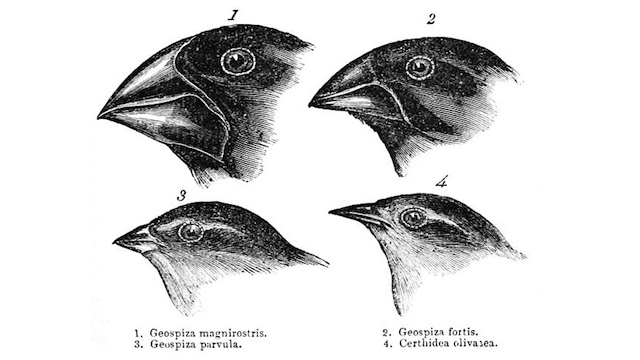



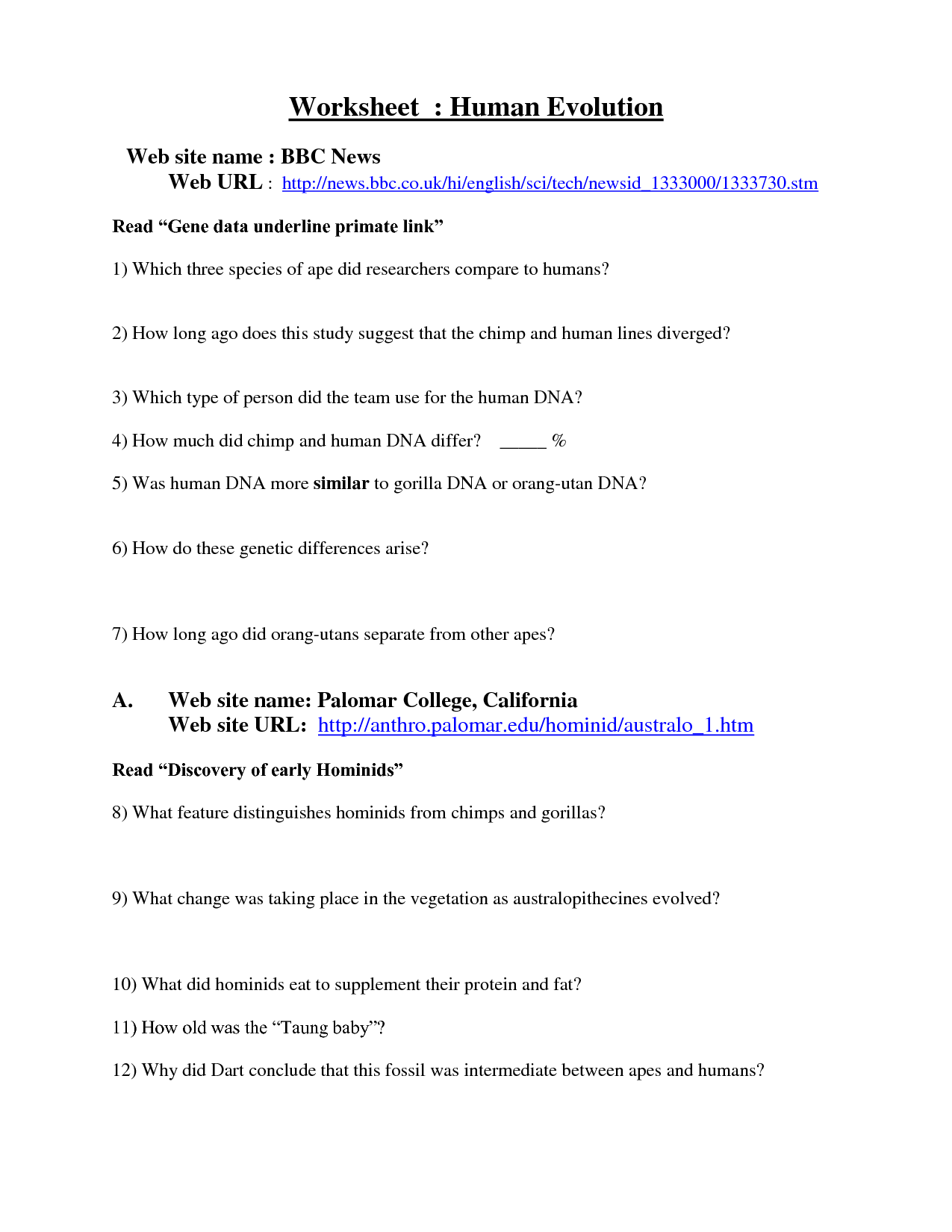
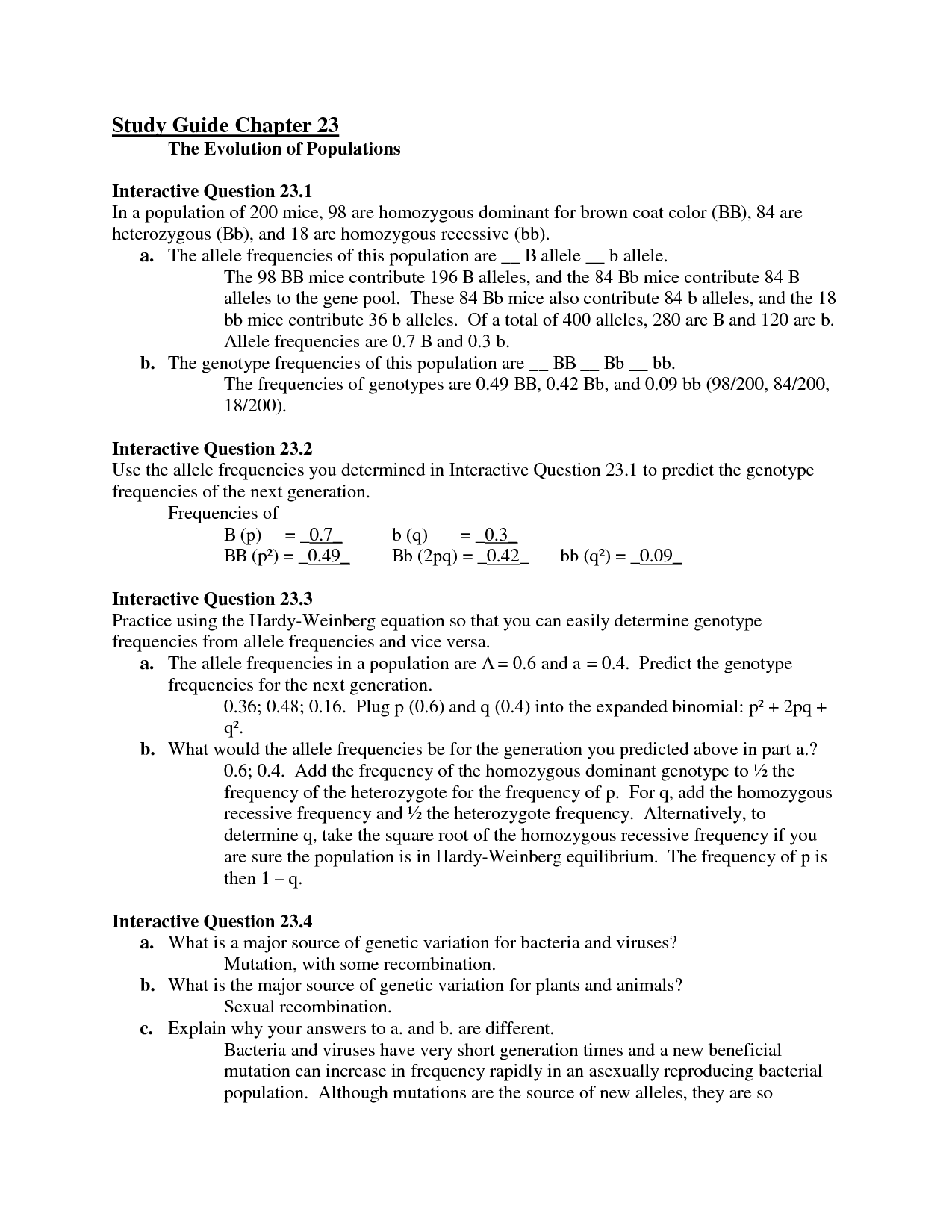
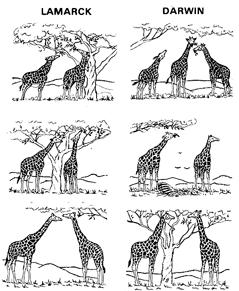
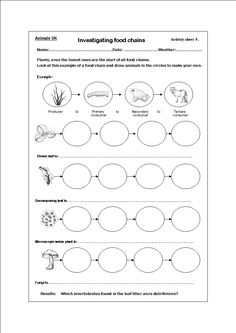
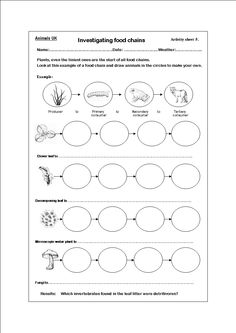
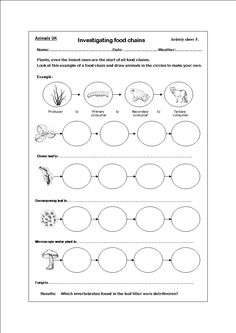

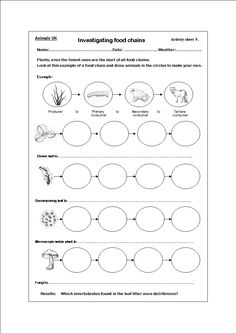
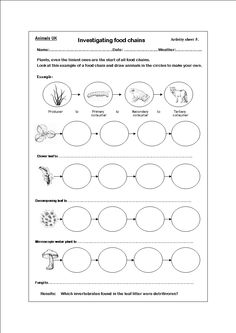
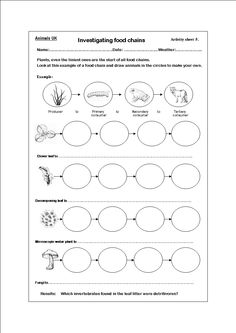
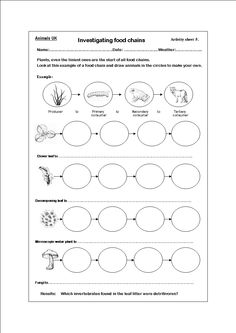
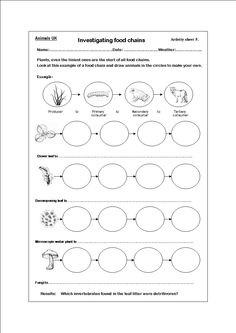
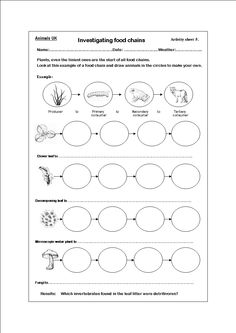














Comments